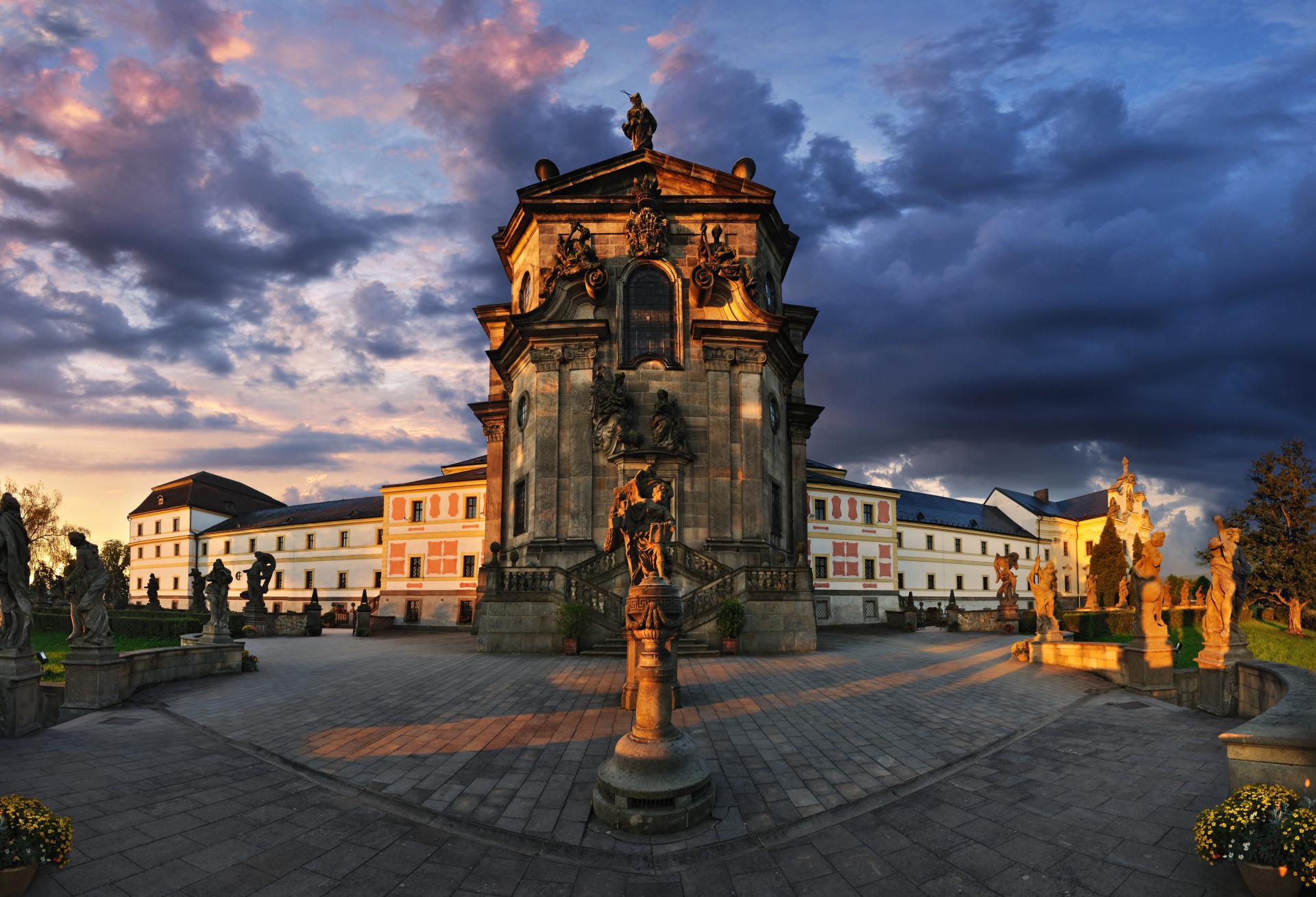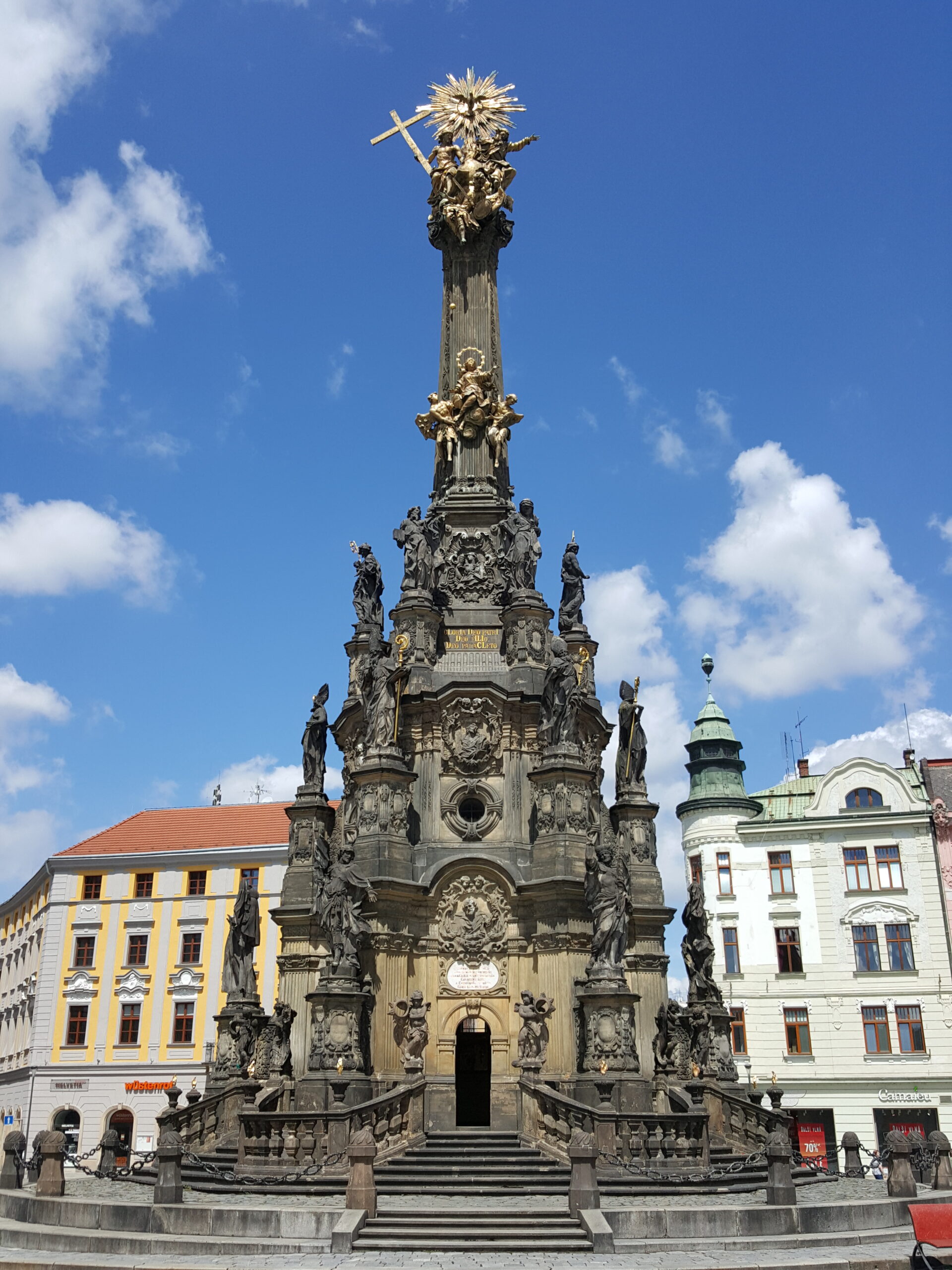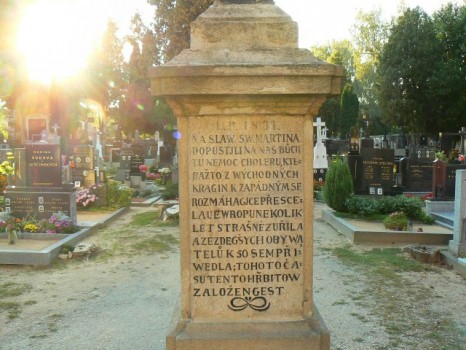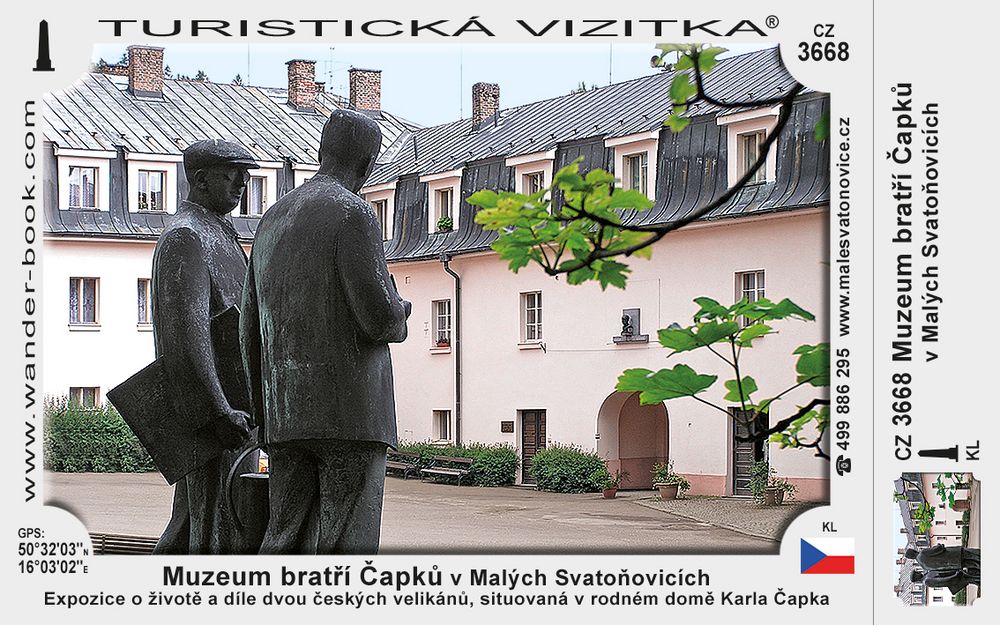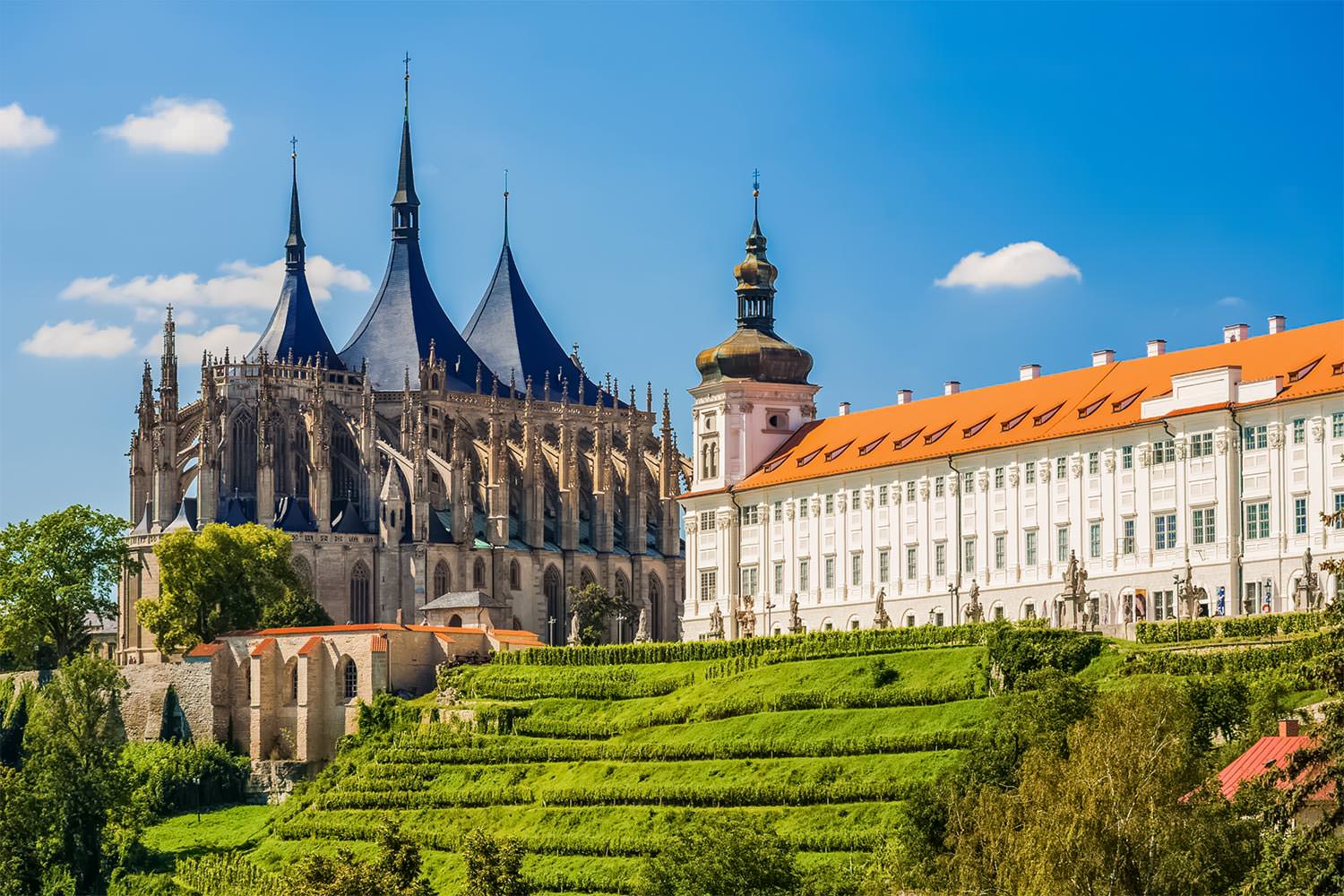
Pandemics in Czech lands – Kutná hora
Czech figure of the „Pandemics” topic
Pandemics have played, and continue to play, a significant role in the history of human societies and states, transcending the power of authority. They have the capacity to cause social disorder, suffering and sadness. Yet, they also provide a conduit for connections between people, transcending national and property boundaries. They exert a profound impact on economic, political, cultural and social aspects of life. Furthermore, the religious and political spheres are also affected, because people have a natural need to address their suffering. In the past, faith in the Church waned and numerous heresies arose; today, governments are falling. Czech history is no exception to this general rule.
The plague, cholera and, of course, the recent 2019 coronavirus pandemic are among the most famous pandemics to have left an indelible mark on the Czech collective memory. Furthermore, other pandemics that have impacted Czech society include smallpox, tuberculosis, the Spanish flu, and HIV/AIDS. However, these are the diseases that have beset Europe and the globe in the last century with many witnesses still alive, yet their recollection is not strong in the Czech collective memory. People prefer to forget quickly.
The Plague, perhaps the most widely remembered pandemic, has repeatedly struck the Czech lands between the 14th century, when it became known as the Black Death, and the 18th century. Furthermore, cholera, which emerged mainly in the 19th century, resulted in the deaths of hundreds of thousands of individuals and contributed to discussions and initiatives related to hygiene and public health. SARS-CoV-2, commonly known as ‘Covid-19’, a pandemic still vivid in the memory of the current generation and still recalled in the form of people affected by long-standing covid, revealed the vulnerability of society to the unexpected consequences of globalisation and caused, on the one hand, an accelerated digitalisation of life, but on the other hand, a political and cultural split in Czech society on the issue of vaccination.
The phenomena accompanying pandemics can be both destructive and transformative. But each wave of epidemics brings challenges. Overcoming of pandemia usually leads to progress in hygiene, in the quality of hospital facilities, in social care and in the perception of the value of life and death.
There are numerous artistic monuments from the plague era in Czech lands, including many of plague columns, such as the Column of the Immaculate Virgin Mary in Kutná Hora from the early 18th century. However, modern Czech culture has not reflected the phenomenon of pandemic much, with the exception of Čapek’s excellent theatre play The White Disease, which points to the ethical aspects of fighting the disease and the possibility of political abuse.
Facts


